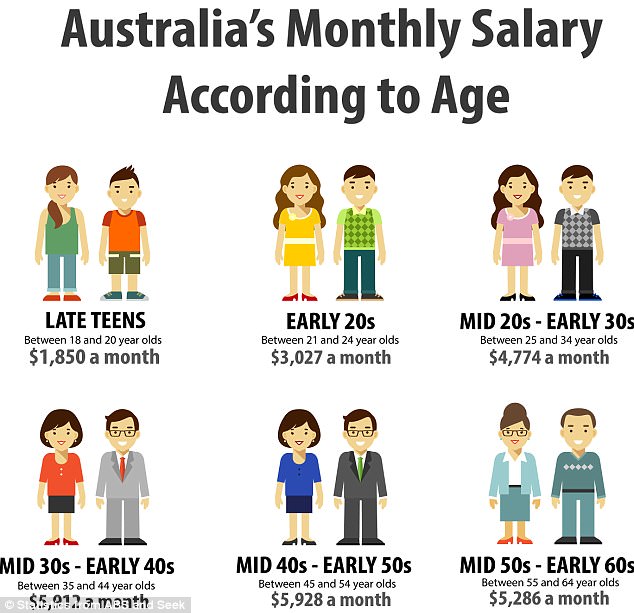Vocational Education Training (V.E.T)
Thousands of courses are available through the Vocational Education and Training (VET) sector in Australia. Qualifications gained through the VET system can lead to a variety of diverse and exciting careers.
What is VET?
Vocational Education and Training (VET) is education and training that focuses on providing skills for work.
VET provides the skills to help people to:
· join the workforce for the first time
· re-join the workforce after a break
· upgrade skills in their chosen field
· move into a different career.
Who offers VET?
VET courses are primarily offered by Registered Training Organisations (RTOs). These can include Technical and Further Education (TAFE) institutes and private colleges. Some universities may also offer VET courses in addition to higher education courses. Each Australian state or territory registers these organisations to:
· provide quality training
· deliver courses developed with industry· issue a nationally recognised qualification.
You can find a list of registered RTOs on the My Skills website.
RTOs that wish to offer courses to international students must also register with the Australian Government’s Commonwealth Register of Institutions and Courses for Overseas Students (CRICOS). This register allows the government to monitor the education offered to international students in Australia and ensure that it is of a consistently high quality. You can find a list of registered providers on the CRICOS website. You can also find more information about the Educational Services for Overseas Students (ESOS) legislative framework that governs CRICOS on the Australian Education International (AEI) website.
· Certificate I to IV: These courses provide introductory skills and training. They teach industry-specific knowledge and skills in communication, literacy and numeracy, and teamwork. They vary in length from six months to two years.
· Diploma: Diplomas prepare students for industry, enterprise and paraprofessional careers. Diplomas typically require one to two years of full-time study.
· Advanced diploma: An advanced diploma provides a high level of practical skills for advanced skilled or paraprofessional work in areas such as accounting, building design and engineering. Students can complete some advanced diploma courses at university level. Advanced diplomas vary in length from 1.5 to two years of full-time study.
· Vocational graduate certificate/diploma: The vocational graduate certificate and diploma are the equivalent of the higher education graduate certificate and diploma. They provide high-level employment-related skills and knowledge. The graduate certificate usually requires six months to a year of full-time study, and the graduate diploma usually requires one to two years of full-time study.
· English language courses: VET providers may also offer English language courses, which range in length from around four to 48 weeks. For more information about learning English in Australia, see English language courses.
How do VET courses differ to higher education courses?
Traditionally, VET courses are known to focus more on providing practical and work-orientated occupational skills, whereas university or higher education courses are better known for focusing on providing theory-based knowledge and professional career paths. There are many exceptions to this rule, however, because VET covers such a wide range of different courses and qualifications.
VET courses cover:
· basic life skills, even literacy and numeracy training (such as pre-vocational training or foundation studies)
· basic vocational skills for particular occupations (such as floristry and automotive)
· semi-professional vocational training (such as business advertising, and occupational health and safety)
· study areas with a practical focus (such as viticulture, music and hospitality).
VET courses, particularly at the diploma and advanced diploma level, can often lead into higher education courses such as bachelor degrees.
Most VET courses are part of national training packages that are updated regularly in consultation with relevant industry bodies. They also follow the same curriculum wherever you study them, so you can transfer your credits to an identical program at a different organisation.
Higher education pathways
VET courses at the certificate IV, diploma and advanced diploma level can provide students with a pathway into the higher education sector. In addition to helping students meet entry requirements, VET courses can also provide credit towards some higher education courses. For example, students who graduate with a diploma may receive up to two or three semesters of credit towards a related bachelor degree. The exact amount of credit granted depends on the institution, the degree and the VET qualification completed. It is important to check pathways and credit arrangements with institutions.
It is also becoming increasingly common for higher education graduates to complete VET qualifications in order to gain practical, work-orientated skills to assist them to enter the workforce.
VET course fees range from AUD$4000 to $22,000 per year. Higher-level vocational courses, including vocational graduate certificates and diplomas, may have higher fees.
These figures were sourced from the Australian Government’s Study in Australia website in 2015. Please note that course fees can vary widely depending on the course, institution and location chosen, and should always be sourced from the relevant provider.
Entry into the VET system usually requires students to have reached a level of study equivalent to the Australian Year 10, 11 or 12. Some courses may have prerequisite subjects or work experience requirements. Entry into some courses, such as art and design, may also require submission of a portfolio. Students should check with individual providers for any additional entry requirements, English language requirements, information on fees and charges, and course starting




Comments
Post a Comment